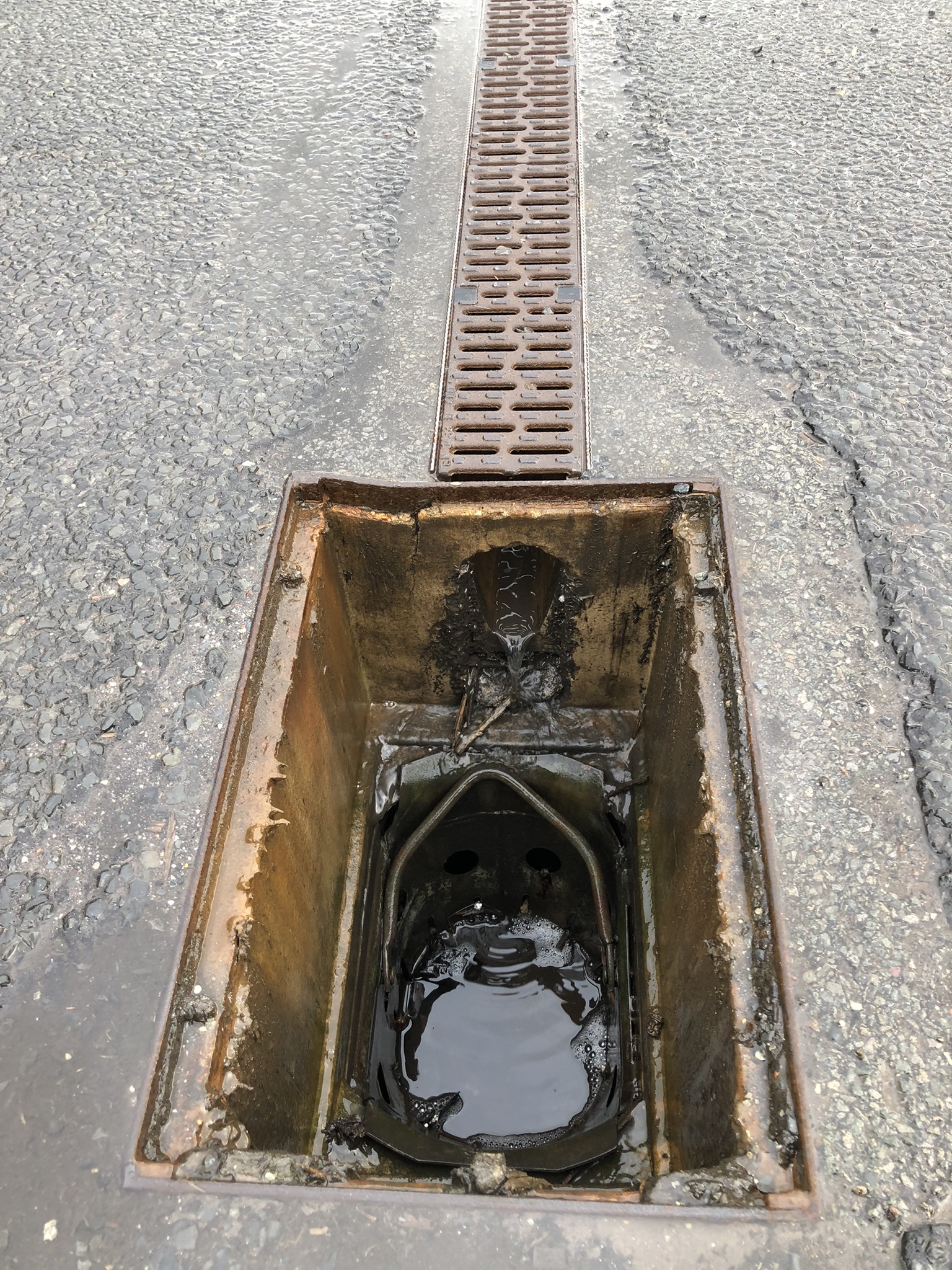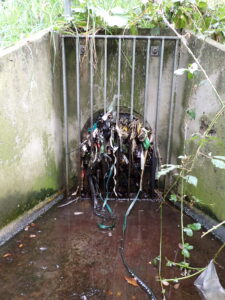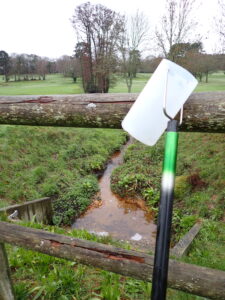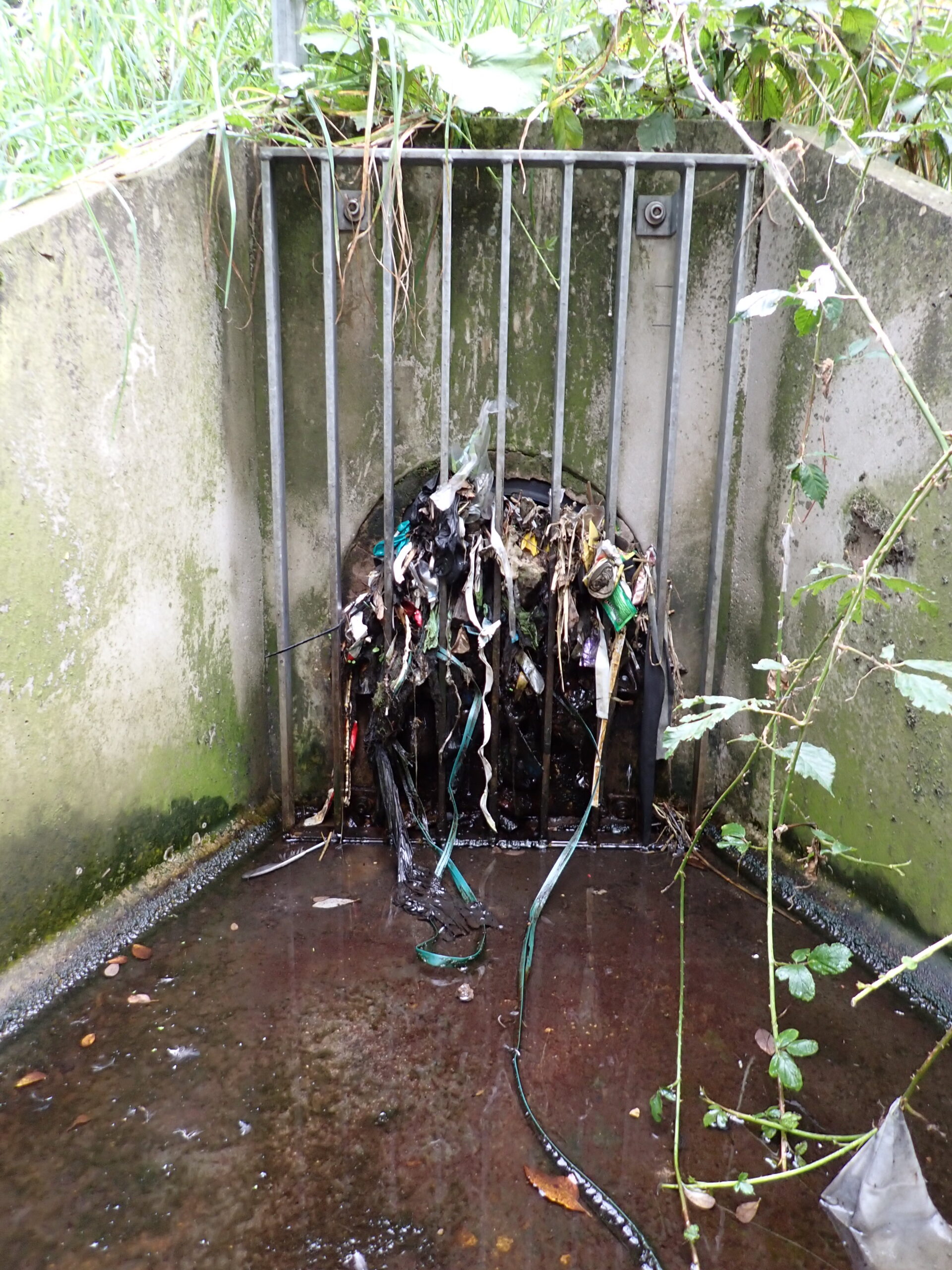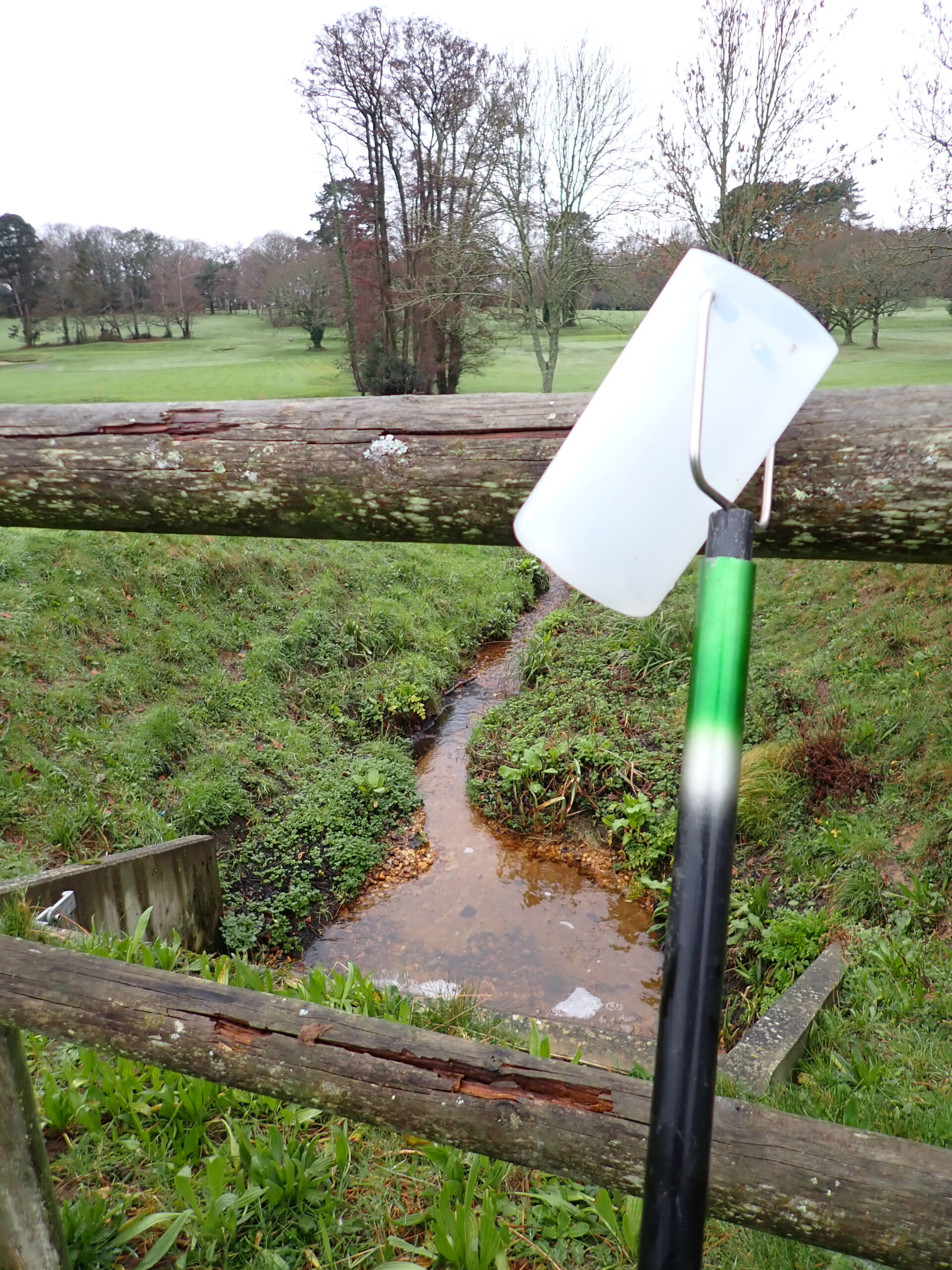Comments on the DEFRA publication ‘Water targets Detailed Evidence report’ published on 06 May 2022
Comments by Jo Bradley, Stormwater Shepherds UK, Director of Operations
This DEFRA publication details the methodology for the creation of the proposed Water Targets to be included as statutory targets in the Environment Act 2021.
The report states that the new targets seek to further drive ambition in the long term. However, these targets are no more demanding than the existing targets in the River Basin Plans or existing commitments made by partners so I don’t see how they are ‘driving ambition’.
It is chilling to read that ‘The currently proposed targets were then directed by Ministerial decisions, based on the viability, feasibility and desirability’. The fact that the Minister is given the opportunity to decide which targets are selected is nonsense – the targets should reflect the environmental imperative and the needs of the aquatic ecosystems. Whether or not the Minister considers them to be ‘desirable’ should never be considered. It is the role of DEFRA, advised by the experts within the environmental regulators to dictate the targets based solely on scientific evidence and the collective professional judgement of the professionals around them. One wonders if the Minister will also direct the decisions of the OEP?
The document states that the targets must be SMART; specific, measurable, achievable, realistic and time-bound. The ‘measurable’ element is interesting, especially with regard to the agricultural target which I will consider shortly.
The three targets that are being proposed apply to:
- Abandoned metal mines target; By 2037, reduce by 50% the length of rivers and estuaries polluted by target substances from abandoned metal mines
- Agriculture target; Reduce nitrogen, phosphorus, and sediment pollution load from agriculture to the water environment by 40% by 2037, and
- Wastewater target; An 80% reduction in phosphorus by 2037 against a 2020 baseline.
The document recognises that metal mines affect 3% of waterbodies, where pollution from towns, cities and transport affect 18% of waterbodies. However, pollution from towns and cities is not included in the targets and no specific data sources are listed that cover the topic of pollution from towns and cities, pollution from highway runoff or pollution with many of the Priority Hazardous Substances.
It states that ‘Metal Mines are the most significant source of metal pollution in rivers’ but that is only true for rivers affected by pollution from metal mines! For many urban rivers, the most significant source of metal pollution is road runoff, but because the monitoring programme doesn’t include measurement of pollution from roads, it goes unreported and unrecognised.
But the document goes on to remind us that ‘The Water Environment Regulations aim to reduce pollution from priority substances (including nickel, lead) and to cease or phase out discharges of priority hazardous substances (including cadmium) as a step towards improving all water bodies to good status. The existing Defra-funded Water and Abandoned Metal Mines Programme was set up to address this type of pollution.’ But the document only chooses to apply that clause of the regulations on the metal mine discharges, and not on the cocktail of priority hazardous substances in road runoff.
So, the Metal Mines Programme already exists and has done for over 10 years and the introduction of a target won’t alter that – it may just speed up delivery of the remediation schemes. This programme has been funded already and has an existing team of experienced and successful professionals delivering excellent treatment schemes across the UK. The creation of this target was not necessary and certainly does not drive ambition for water quality forward as was promised.
The target for Agriculture, to reduce nitrogen, phosphorus, and sediment pollution load from agriculture to the water environment by 40% by 2037 is based on a Logic Model which is built on 3 assumptions. It is, however, impossible to know how much sediment is entering watercourses from agriculture and therefore it is impossible to measure performance against that target. The document itself says ‘The estimated pollution reductions were calculated at the Operational Catchment scale, but aggregated to give a national average figure. There are assumptions and caveats present in all modelling, including in this project …’ We will never know how much sediment enters our rivers from agriculture so it is impossible to set a SMART target to reduce it.
The target for Wastewater is built on an existing commitment embedded in the water companies Asset Management Plan, AMP 7, that is already being delivered. They are already committed to reducing phosphorus in their sewage effluent by 50% against 2020 backgrounds and it is impossible to imagine that their following AMPs, especially AMP8 which is already under preparation, would not build on that and continue to reduce phosphorus levels in sewage effluent anyway, regardless of the introduction of this target.
All in all, these proposed targets reflect no ambition and no additional improvements in water quality above those that would already be delivered anyway. They were already ‘in the pipeline’ and for wastewater and metal mines, they are already embedded in existing, funded delivery plans.
There is no mention in the document of the failure of every single river in England to meet the targets for chemical compliance. Every river suffers from long-term chemical pollution from a range of toxic, bio-accumulative chemicals that prevent the ecosystem from thriving or recovering, but DEFRA conveniently ignore this and set themselves non-targets for organic pollution that they can blame someone else for.
If the Environment Act 2021 does not include any targets for the reduction of chemical pollution, then it will never succeed in its ambition to transform our rivers and lakes. The chemical pollution resides in the river sediment causing long-term, insidious harm to aquatic organisms and preventing them from thriving and reproducing effectively, so populations will never recover.
We know that pollution from towns, cities and transport affects 18% of waterbodies and contributes to their failure to achieve good environmental status or good chemical status and yet there seem to be no plans to do anything about it. Road runoff contains toxic metals in levels way above the Environmental Quality Standard, but there is no mention of that in the report. Road runoff also contains Poly Aromatic Hydrocarbons in excess of the Environmental Quality Standard and there are at least 25,000 outfalls from the network discharging every time it rains. But there is no mention of that in the report either.
If we allow the proposed Water Targets to be accepted as they stand, and embedded into the Environment Act as the only statutory targets, then water quality will not improve any further than it would have done anyway. There really are no new targets proposed, and the work would have been done with or without the Act.
So why not simply revert back to the requirements of the Environmental Permitting Regulations 2016 and provide the Environment Agency with the resources, the courage and the support to enforce those Regulations? Then discharges of urban runoff and road runoff would be required to apply for a Permit and the Permit conditions would dictate the level of treatment that is required to reduce river pollution to prevent harm. And point-source discharges from farms would also have to comply with Permit conditions, whilst diffuse pollution would be controlled using best farming practices. And minewater and wastewater discharges would continue to be controlled using newly applied Permits that reflected new investment in treatment systems to reduce pollution.
There is no need for new targets, and especially not for fake-targets. Just enforce the existing legislation properly, measure water quality comprehensively and provide adequate resources for the Environment Agency and other public bodies that can drive the improvements that we need to see.

